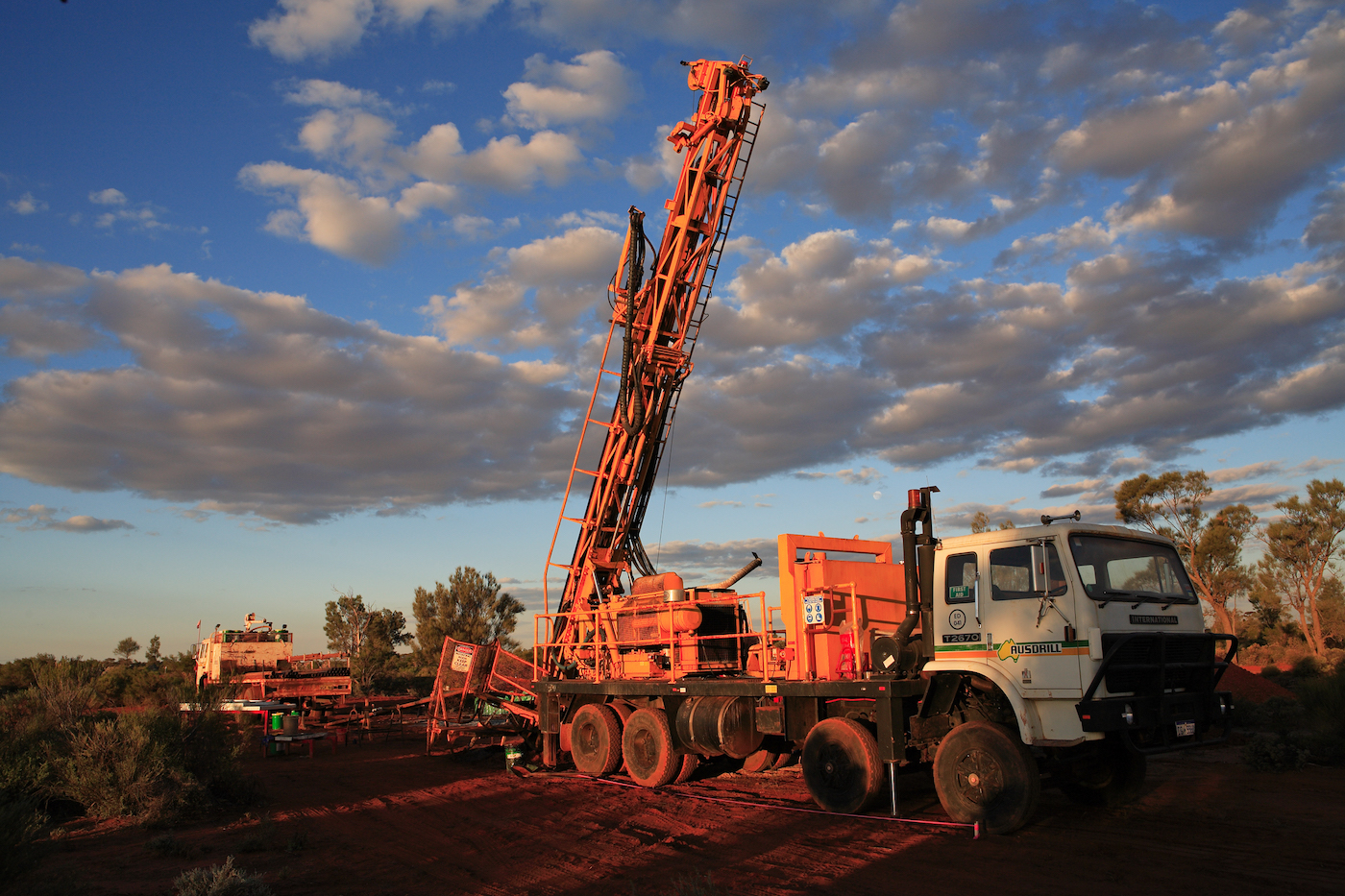
The global demand for rare earth elements is growing. Australia is the 4th largest producer of rare earths in the world, and it holds 3.4% of the worlds rare earth resources. As critical minerals, rare earths elements processing is a new industry, which makes rare earth projects riskier compared to lithium projects which have a well-documented history. In this article, Global Road Technology discusses rare earth elements expected growth trends in Australia, types, mining companies, locations, investments in Australia, and their uses.
Over the forecast period (to 2030) Australia’s mined rare earth element production is forecast to grow by 9.1% annually, driven by increased production planned from Lynas. Additionally, over 2021–2030, Australia’s refined rare production is forecast to grow by 69% annually, with increasing production of refined products via the proposed Lynas Kalgoorlie cracking and leaching plant, as well as Malaysian and possible US separation facilities.
Rare earth elements (or rare earths) are a group of metals with unique physical and chemical properties. Certain rare earths are primarily used in the production of ‘permanent’ magnets since they are ‘ferromagnetic’ and can be magnetized like iron. There are three distinct types of rare earth elements (light, heavy and other) and there are different elements within each type as shown in the table below.
| Light rare earths | Heavy rare earths | Other rare earths |
| lanthanum | gadolinium | yttrium |
| cerium | terbium | |
| praseodymium | dysprosium | |
| promethium | holmium | |
| samarium | erbium | |
| europium. | thulium | |
| ytterbium | ||
| lutetium |
Rare earth mining companies are spread across 4 states in Australia – NT, VIC, NSW and WA. The mining projects statuses vary from feasibility, publicly announced and committed. Majority of Australian rare earth companies operate in VIC and WA. These companies are running different projects are:
Mid-stage critical minerals projects can access the government’s $1.3 billion Modern Manufacturing Initiative (MMI). MMI funding helps firms pilot, demonstrate or scale up the techniques and processes they need to achieve commercial close. The first round of MMI funding under the Collaboration stream saw 4 critical minerals projects receive grants totalling $243.6 million. The rare earth metals recipient was Arafura Resources Limited, which received $30 million to construct the Nolan’s Project Rare Earth Separation Plant in the Northern Territory. In July 2021 the first round of MMI funding under the Translation and Integration streams saw 5 critical minerals projects receive grants totalling $30.8 million. The rare earth metals recipient was Lynas Rare Earths, which received $14.8 million in funding to commercialize an improved process for producing rare-earth carbonate
There are different uses for all the three different types of rare earth minerals and some overlap with each other. Here are the several uses of rare earth minerals:
Your feedback is important to us. If you enjoyed reading this Global Road Technology industry update and found it informative, please let us know by leaving a REVIEW.
www.industry.gov.au/oce
https://www.industry.gov.au/data-and-publications/australias-global-resources-strategy
https://www.industry.gov.au/data-and-publications/technology-investment-roadmap
https://www.industry.gov.au/data-and-publications/make-it-happen-the-australian-governments-modern-manufacturing-strategy
Are environmental regulations, health and safety concerns or potential profit loss a concern right now?
Contact Us Now